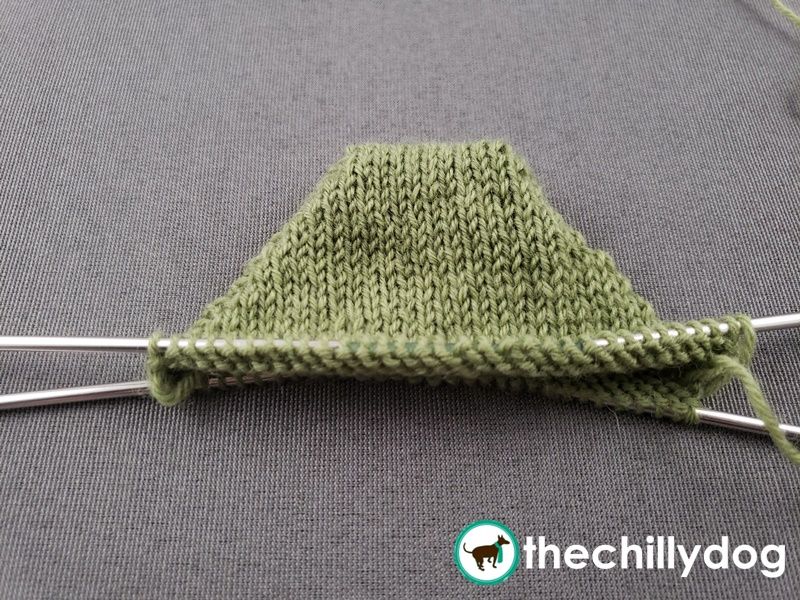German Short Rows

The first time I tried knitting a German short rows, I felt like I was doing something wrong. The turning stitch at the end of every row looked like a hot mess. But I pressed on and ended up with a lovely sock heel. I'm glad I didn't give up.
German short rows can be used to create the rounded cup shape of the heel or toe of a sock. The basic idea is that instead of knitting across a full row of stitches, you only knit across part of the row before you turn your work, hence the name short rows. You also need to create a special turning stitch at the end of every short row to avoid creating any holes in your work later.
There's more to explore in the Learning Library!
